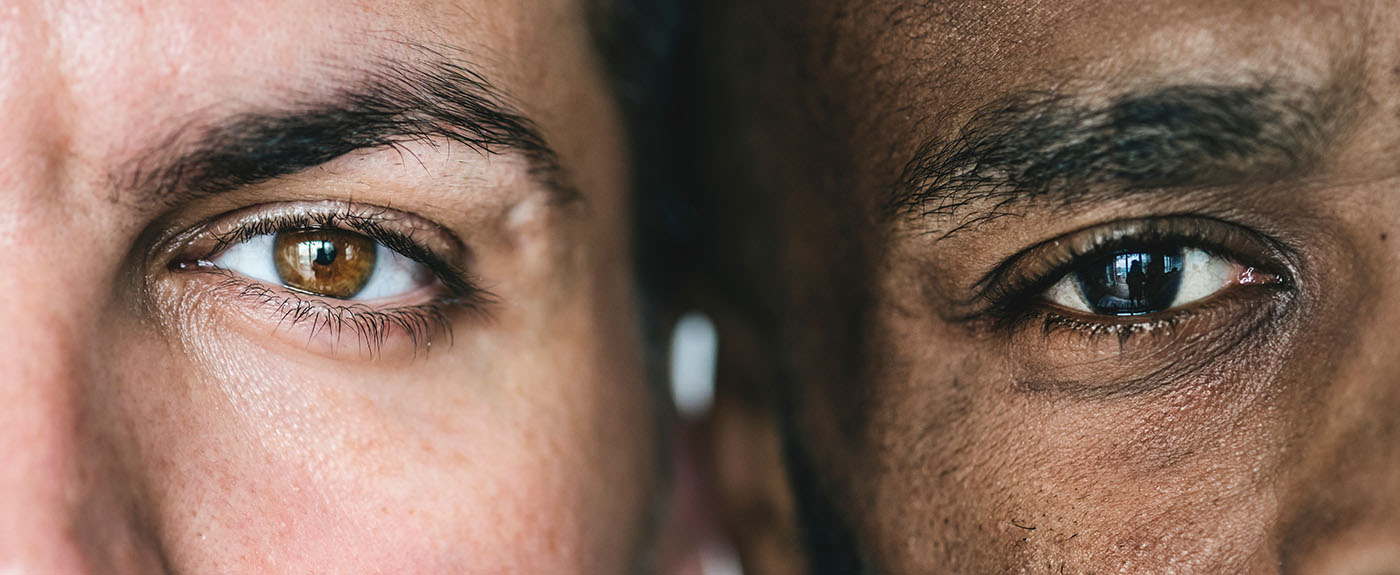Redefining Diversity Using BrainStyles
- Category: Managers & Teams

In working with a well-known company who had conducted system-wide diversity training, I learned from the attendees that the gist of the message was to make them wrong for their hiring policies of the past. The managers were made to feel guilty for hiring the best and the brightest college grads, and, along with other guilt-laden discussions, were provided a simple answer: just hire more women and minorities. The purpose of doing so was not clear to them, other than that this was the law. The women and minorities in the room said they felt undermined, embarrassed. I am sure there was more taught than this, but that is the message they heard.
As a woman, I want to be hired because I’m the best, not because of my gender.

I have found that there are several stages in learning this material and applying it at work and at home. First, you use the typical ego-based labeling using the names of the brainstyles, which is the same process for all prejudice and stereotyping. Then, as your vision shifts to look beneath appearances, possibilities for getting along and working collaboratively emerge. Eventually you reach a neutral state, the power position in which you see the other for the gifts that underlie their behavior. Be willing to start valuing people you had disliked or overlooked previously. Often that process starts in your own family. You forgive your parents and siblings. Personal peace grows. Mastery of your own gifts continues (although not always in that order).
I believe our deepest need is to transcend appearances and stop focusing on behavior change (in ourselves and in others) so that we can accept our genuine selves. Out of that inner peace will come societal transformation, where people can indeed be judged on the “content of their character.” Diversity training, for the most part, has attempted to mandate an outer fix to an inner problem, to apply a left-brained, neat solution to a non-verbal, experiential right-brained problem with relationships. It is the same as when mom tells you that you should love your sister. Only you can choose to do that, and not because you must.
The real solution, in my view, comes first from a loving relationship with one’s self. Then and only then, can one have loving and respectful relationships with others, looking past their “flaws,” which, in BrainStyle terms, are merely projections of your own self-criticisms, to the true gifts that lie beneath behaviors. Then relationships not only transcend the obvious diversity, but creative partnerships emerge from in-born differences.
Those who have applied the BrainStyle principles say that their "self-talk" has changed dramatically for the better.

